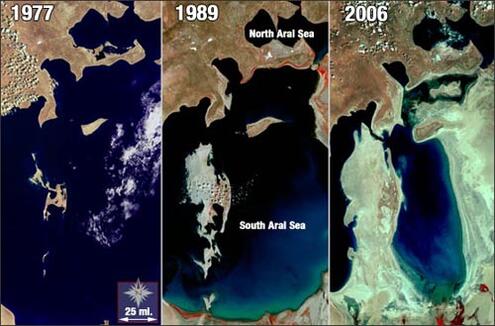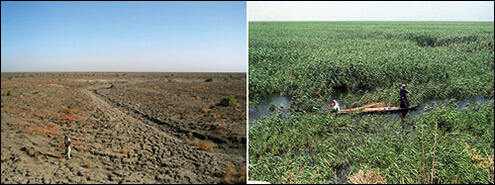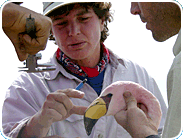Hi Thomas,
It depends. First let's look at the reasons that ecosystems can become destroyed.
There are several things that can happen within an ecosystem that can change it. For example, a forest fire will significantly change the plant and animal communities that live there. Organisms from flowers to insects to large mammals will be affected.
Actions from outside the ecosystem can also affect it. For example, fertilizer runoff from a farm field can pollute a stream or a pond that's downstream.
When the actions that change and degrade ecosystems are widespread and intense, they can destroy an ecosystem. You can imagine how this might be possible for a small pond, but large ecosystems can be destroyed too.




 Biodiversity
Biodiversity
 Brain
Brain
 Genetics
Genetics
 Marine BiOLogy
Marine BiOLogy
 MicrobiOLogy
MicrobiOLogy
 PaleontOLogy
PaleontOLogy
 ZoOLogy
ZoOLogy
 AnthropOLogy
AnthropOLogy
 ArchaeOLogy
ArchaeOLogy
 Astronomy
Astronomy
 Climate Change
Climate Change
 Earth
Earth
 Physics
Physics
 Water
Water




